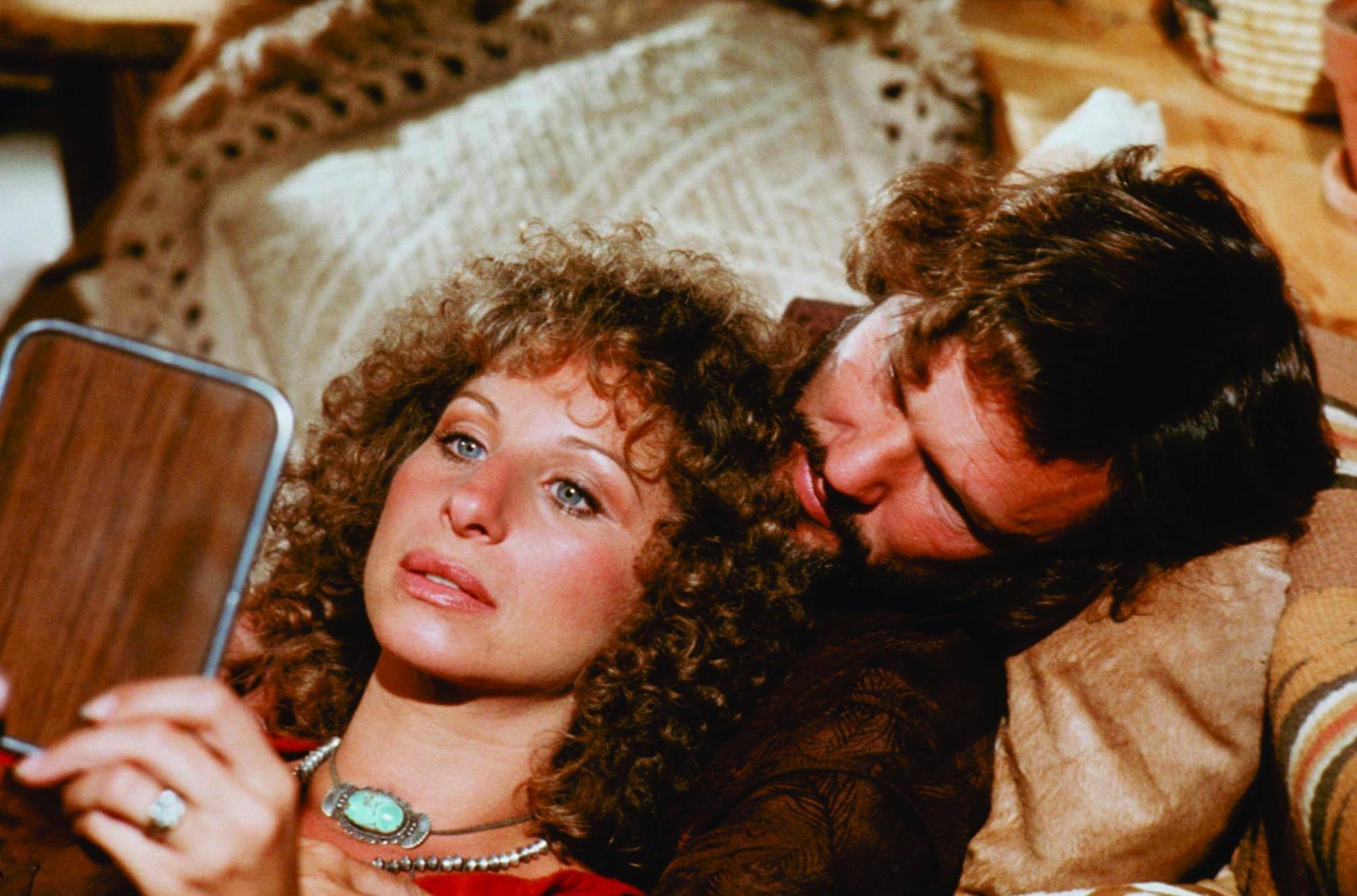THALA MOUAWAD surveys the different versions of A Star is Born and their place in the history of Hollywood.
Since its release in 1937, William Wellman’s romance A Star is Born has been re-interpreted three times. The premise for each rendition has remained constant: an aspiring female entertainer is discovered by a tortured musician who helps her skyrocket to fame. Meanwhile, his own career nosedives because of his alcoholism. Despite a formulaic plot, the four films are more than a stereotypical love story. In fact, each one of these adaptations reflects important aspects of the period in which it was produced.
The 1930s marked the starting point of one of the most prolific eras of Hollywood. Despite a period of recession that began in 1929, the film industry reached new heights with the advent of technicolour imaging and talking pictures. The financial slump actually helped the film trade. Demand for uplifting and accessible art rose as people sought ways to escape the strain of everyday life. Many movies became ‘Hollywoodised’ – meaning filled with clichés which aimed to convey hope for a better life in the public.
Wellman’s A Star is Born denounces this shift by putting a tragic spin on what is now known as the trope of the young girl turned starlet. The heroine, Esther Blodgett (Janet Gaynor), is a country girl with dreams of making it big in Hollywood. She moves to Los Angeles where she meets movie star Norman Maine (Fredric March) who, smitten by her, propels her to the ranks of A-listers overnight.

The story doesn’t end there however, and the film depicts the darker side of 1930s Hollywood. It criticises the profit-oriented character of the industry and production executives, who seek to change Esther’s natural look in order to bolster her ‘star quality’. Wellman’s version also delineates the ever-present booze problem of Hollywood through its male lead. Norman Maine embodies the many cases of substance abuse that pervaded the industry and saw the careers of stars like Humphrey Bogart and Errol Flynn plummet.
The era spanning from the middle to the end of the 20th century saw the rise of big budget productions. These were part of a wider cultural celebration of both renewed prosperity and mass consumerism. It comes as no surprise that George Cukor chose to transform A Star is Born into a musical in his 1954 version of the film. Nothing screams money like chorus lines and jazz hands.
In this adaptation, Esther Blodgett is a stage star in addition to a singer. The plot pretty much matched the life story of the next actress to take on the role, Judy Garland. If there is anyone that can exemplify both Esther’s success and Norman Maine’s downfall, it is her. She was herself a Hollywood golden girl back in 1939 as Dorothy in The Wizard of Oz. Later in her life, she grappled with drug addiction, which ultimately lead to her demise.

Frank Pierson’s 1976 version of the film sees a shift from Hollywood to the music industry, when it was ruled by rock and roll. The only thing this version of Norman Maine (now named John Norman Howard, as the name Norman had become outdated by then) has in common with his two predecessors is that he is still a stumbling drunkard who messes up his performances.
Played by Kris Kristofferson, Howard’s shaggy hair and big-shot personality shares a likeness with such stars as Jim Morrison. He begins as an established musical figure but that all comes crashing down when he meets Esther Hoffman (Barbra Streisand) and sinks deeper into a world of sex, drugs and booze. Streisand’s Esther pushes the feminist envelope even further than her forerunners. The 1970s was a liberating decade for women, with various movements spearheaded by strong leaders like Gloria Steinem. Her tough-as-nails persona really shines through in a way that celebrates powerful, modern women.

The latest rendition of A Star is Born (2018) offers a different perspective on one of the primary themes of the tale: depression and addiction. Though the 1976 version set a precedent by shifting the characters from movie and theatre stars to singers, Bradley Cooper’s avant-garde adaptation resonates perfectly with its 21st-century audience.
Jackson Maine is now a big-time country singer. He is also the first of the four versions of the male protagonist to have a genuine and far-reaching backstory that accounts for his detrimental habit. Cooper’s film goes beyond his predecessors piecing out what could make a musician tortured. It transforms the film’s explanation of what makes addiction and depression which, in the words of Lady Gaga (who portrays Ally, the updated version of Esther), is ‘an invisible illness.’ Unlike Kristofferson’s character in 1976, Jackson appears to us as a straightforwardly decent person who is plagued by his demons. This is reminiscent of the tragic death of Linkin Park’s frontman, Chester Bennington, whose depression led him to suicide in much the same way as Jackson.
Many stars today still struggle with issues of addiction, which is often directly linked to their career. Cooper himself suffers from alcoholism but has been teetotal for over a decade. Describing the nature of his addiction in 2015, he said ‘I wouldn’t have been able to have access to myself or other people, or even been able to take in other people, if I hadn’t changed my life’.
In short, the A Star is Born films are all of seemingly different genres but follow the same plotline. Wellman’s is an old-school Hollywood satire, Cukor’s a musical extravaganza, Pierson’s is an homage to rock and roll and Cooper’s is a present-day cautionary tale. The content and form of each are reflections of their time, which makes watching them feel like taking a ride through history – a way to witness the evolution of film, music and the meaning of stardom through the 20th century.
Featured image source: indiewire.com.





